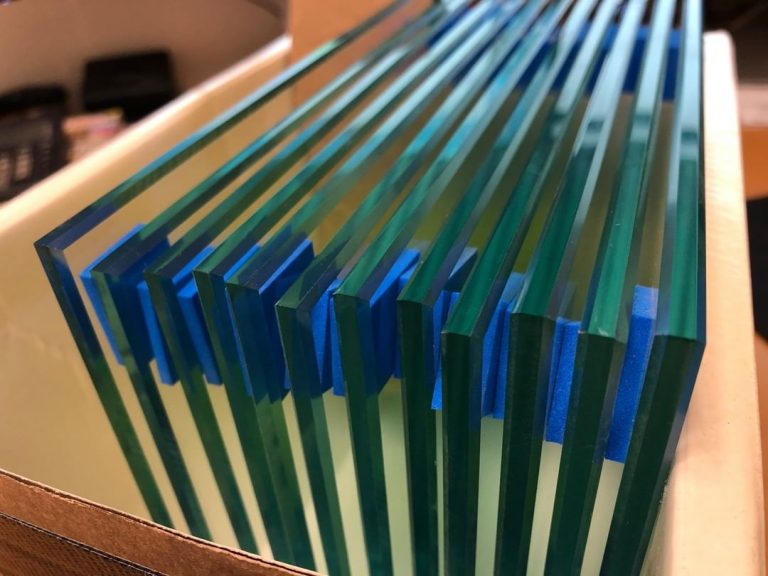Menu


Float glass is a sheet of glass formed by floating molten glass on a bed of molten metal, most commonly tin, though lead and other low-melting-point alloys have been employed in the past.
This approach produces a sheet with a uniform thickness and very smooth surfaces.
The majority of float glass is soda-lime glass, however a small amount of speciality borosilicate and flat panel display glass is also manufactured using the float glass method.
The float glass process, invented by Pilkington Brothers in 1959 (Haldimann et al., 2008), is the most prevalent method of producing flat glass sheets.
More than 80–85 percent of global float glass output is used in the construction industry.
In modern construction, float glass is used for smaller windows in domestic housing, whereas
larger windows are made from toughened glasses. Glass is used for
windows for both aesthetic and functional purposes, allowing the
occupants to see out and at the same time allowing light in.
Standard thicknesses of float glass are 3mm, 4mm, 5mm, 6mm, 8mm, 10mm, 12mm, 15mm, 19mm, and 25mm.
When viewed from the edge, standard clear float glass has an intrinsic green hue.